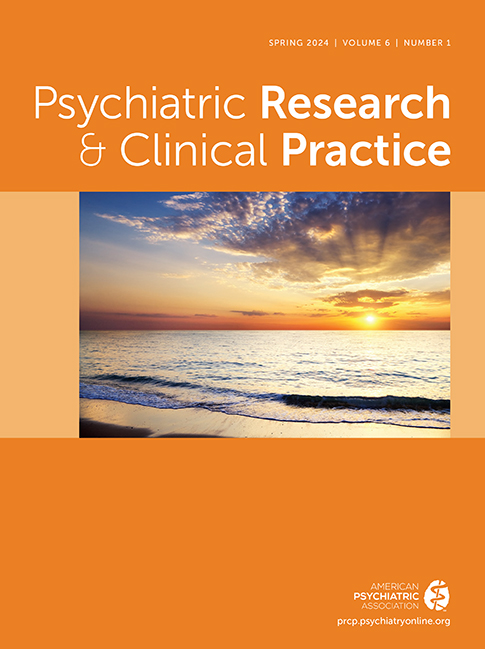Addressing Challenges in Residential Facilities: Promoting Human Rights and Recovery While Pursuing Functional Autonomy
Abstract
Objective
Italian residential facilities (RFs) aim to promote human rights and recovery for individuals with severe mental disorders. Italian RFs can be distinguished into five main types: high‐intensity rehabilitation (RF1), medium‐intensity rehabilitation (RF2), medium‐level support (RF3.1), high‐level support (RF3.2), low‐level support (RF3.3). This study aimed to assess the effectiveness of Italian RFs in achieving functional autonomy while upholding human rights and recovery.
Methods
Data on socio‐demographics, clinical information, patient and staff assessments of functional autonomy, types of interventions, and RF performance in various domains were collected in a pilot study with a cross‐sectional design. Descriptive and inferential analyses were conducted.
Results
Twelve RFs and 113 patients participated, with varying proportions in each RF type. RF1 patients were the oldest (p < 0.001) with the lowest functional autonomy (p < 0.001), while RF2 patients were the youngest (p < 0.001) with the lowest hospitalization rate (p < 0.001). RF3.1 patients had the highest employment rate (p = 0.024), while RF3.2 had the lowest employment rate (p = 0.024) and the longest service contact (p < 0.001). RF3.3 users had the highest functional autonomy (p < 0.001). The highest functional autonomy was in self‐care which received the highest focus in objectives and interventions. Patients rated their functional autonomy higher than professionals (p < 0.001). RFs excelled in the “human rights” and “social interface” domains but performed poorly in “recovery‐based practice,” with RF1 having the lowest performance and RF3.3 the highest.
Conclusions
This pilot study suggests that Italian RFs generally aligne with their mission and human rights principles, but personalizing interventions and implementing recovery‐oriented practices face challenges.



